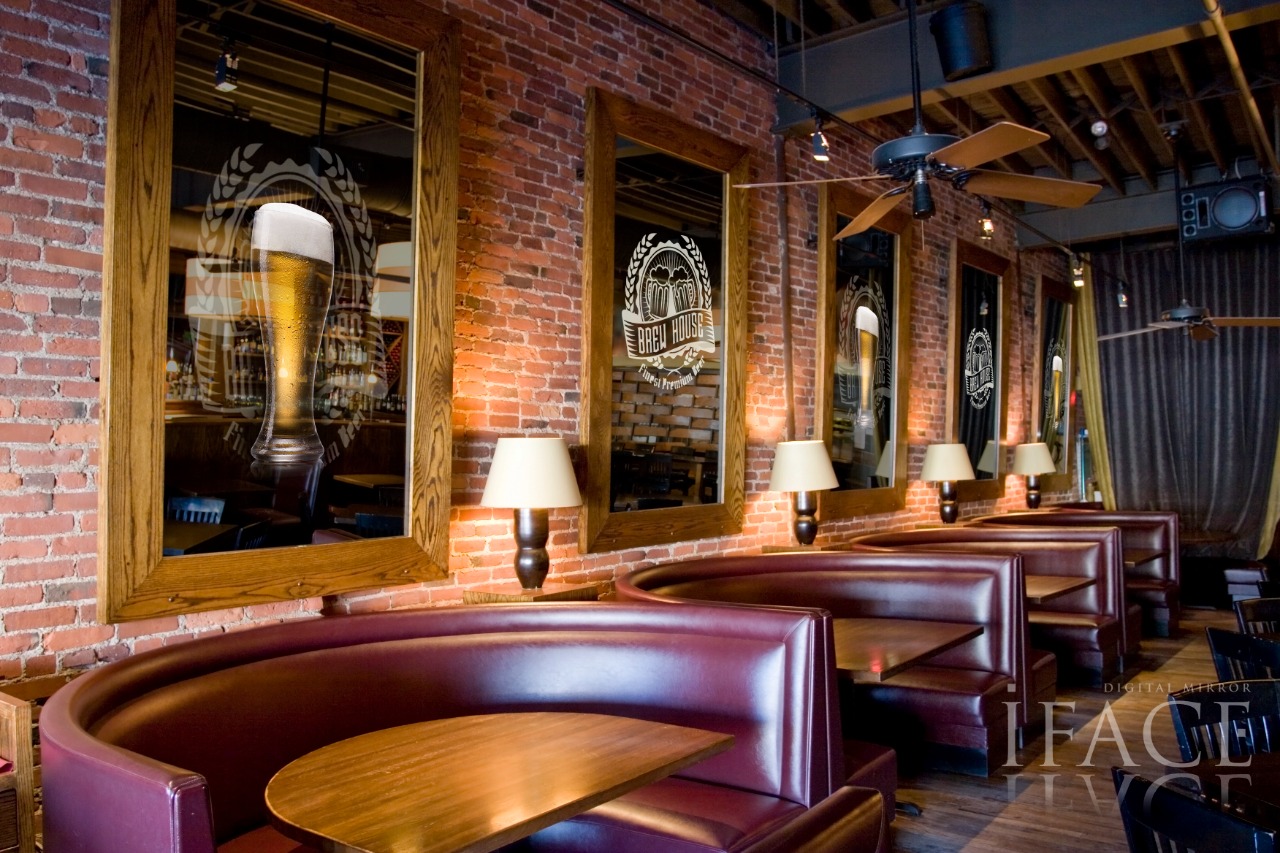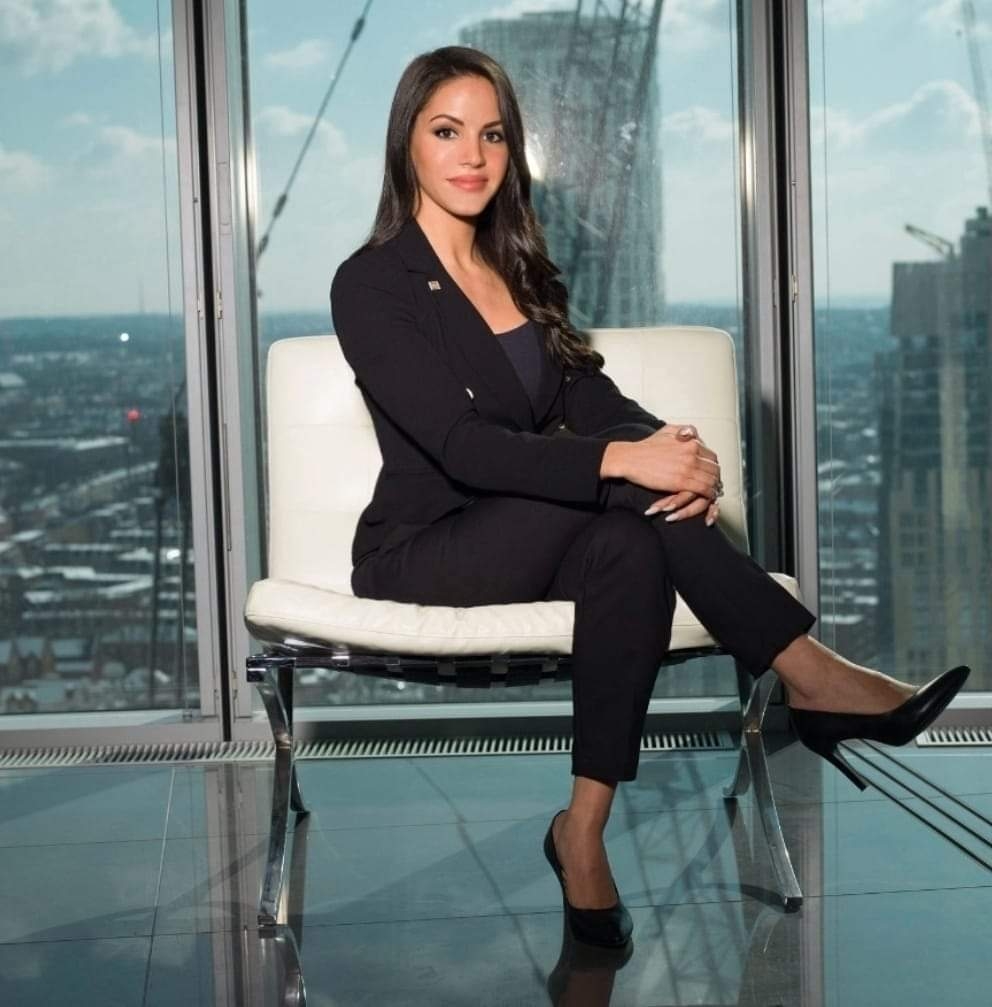Barbara Jarabik: Each marketing strategy has its own advantages and disadvantages, but the key to success is understanding which one will resonate best with your target audience. And whatever approach luxury brand managers take, they must ensure that their products and services remain aspirational. Finally, luxury marketers may focus on the emotional appeal of their brand, emphasizing the feelings of luxury and decadence that it evokes. This can be a very effective way to connect with customers on an emotional level and create loyalty to the brand. It can work particularly well when appealing to luxury travelers.

Use influencers to make products go viral: Did you know that 39% of brands plan to increase their budget for influencer marketing? You should, too. Influencer marketing is one of the most cost-effective advertising strategies you can invest in. You can pay a social media influencer or another brand with a large loyal audience to promote your product. This can easily have a much better ROI and cost-effectiveness than PPC or many other approaches to marketing a luxury business. The key is to find influencers who share similar values and target audiences. Otherwise, you will be advertising to the wrong group of people and won’t see much results from your campaign.
Facebook Ads are one of the most effective forms of online advertising, thanks to the high level of segmentation and targeting that you can do. You could, for example, target ads specifically to married 35 year old males from Paris who like the brands Prada, Gucci, and Versace. You can even go one step further and target people by what college they attend, where they work, what their job title is, what music they listen to, and much much more.
There’s a reason Gucci doesn’t do infomercials for tiger print duffels. That Equinox doesn’t offer a discount for January first’s newly health-obsessed. That anthropomorphic Hamsters break dance in front of Kia Souls instead of Range Rovers. Advertising for luxury brands tends to focus on, well, luxury. The happiness they inspire. The quality. The sheer opulence that becomes a piece of one’s life when he or she buys free-range leave-in conditioner infused with dolphin tears, or an ornate bottle of some top-shelf botanical cordial. Whether you’re storyboarding a TV spot or building out an ad group in Google Ads (the artist formerly known as AdWords), your target audience needs to feel as though your product or service is a physical manifestation of luxury.

With a solid system for managing your marketing plan and allocation of budget and focus, we can now dive into some of the specific channels and experiments you might want to test. When marketing luxury products, photographs are one of the best mediums for evoking the aspirational emotions that we connect with driving a luxury vehicle, wearing designer clothing, or experiencing something exclusive. As such, visual social networks like Pinterest represent a huge opportunity for luxury brands to raise brand awareness and advocacy. Discover extra information on Jarábik Barbara.
Digital signage mirrors are another way for luxury brands to advertise efficiently : The global digital signage mirrors market was valued at USD 780 million in 2021. The world market is expected to grow steady at a CAGR of 12.21% to reach USD 910 million by 2023. Digital signage mirrors can greatly increase individual efficiency by choosing outfits as per weather updates while also offering bus and train schedules (including traffic updates). Digital signage mirrors in smart homes, planes, commercial spaces, hotels, etc. are designed to be connected to users as well as with different devices around. Energy efficiency is one of the major advantages that will drive the adoption of digital signage mirrors.
